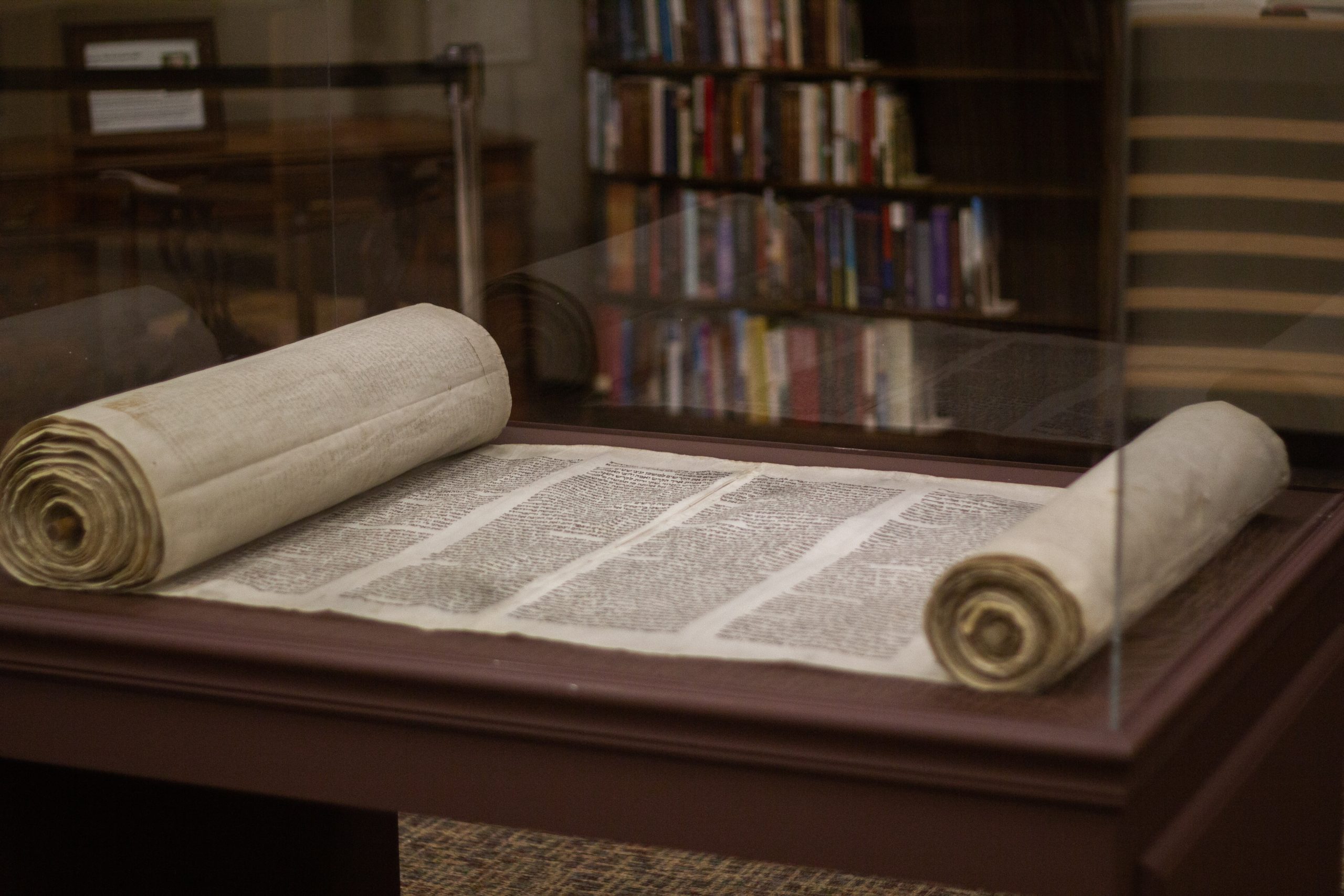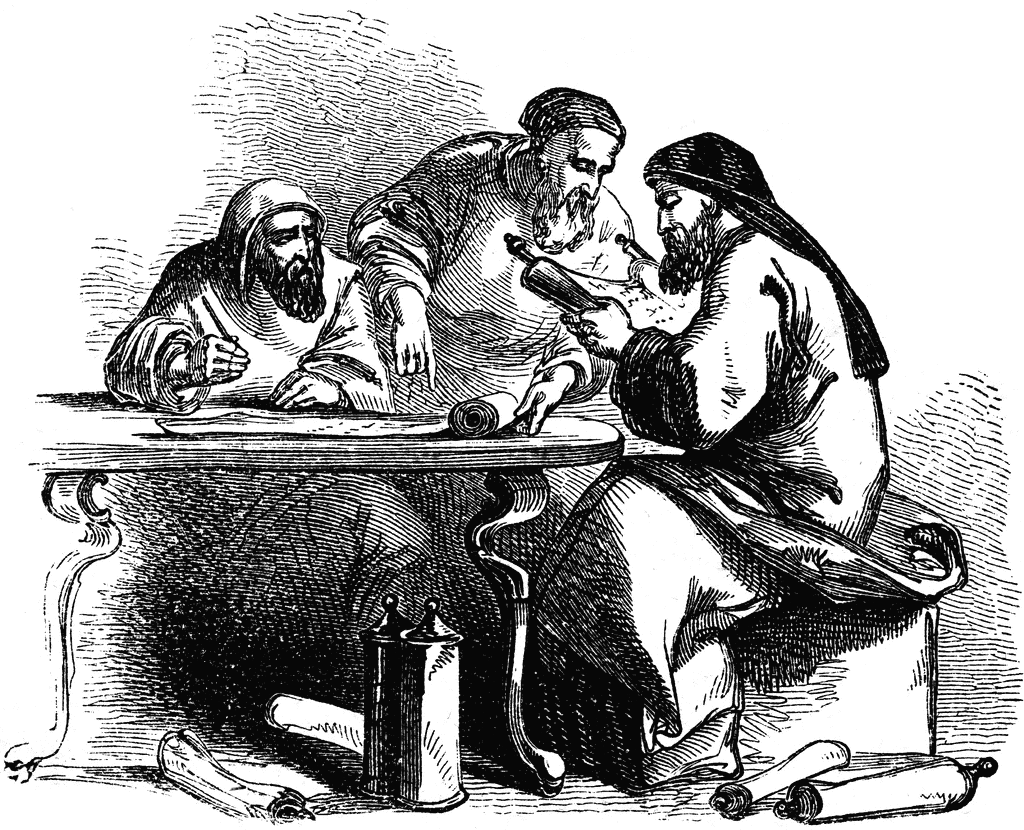Overview: The debate between Heliocentrism vs. Geocentrism and its relation to the apparent religion vs. science debate. How the idea of relativity invalidates the conflict, and why each side takes its approach.
Geocentrism is the model in which the earth (called geo in Latin) is the center and all spheres move around it, while Heliocentrism is the model currently used by scientists and taught in schools in which the sun (called helio in Latin) is the center of all orbiting in our Solar System (but not beyond that). In Torah terminology we generally use the Geocentric model.[i] Skeptics use this to against Torah and claim that “science holds of the Heliocentric model, not the outdated Geocentric model!”
Where’s the source for Geocentrism in Torah?
“Then Joshua spoke to the Lord on the day when the Lord delivered up the Amorites before the children of Israel, and he said in the sight of Israel, “Sun, stand still upon Gibeon, and Moon in the valley of Ajalon.” And the sun stood still, and the moon stayed, until the people had avenged themselves upon their enemies. Is this not written in the book of Jashar? (which is the Torah)? So the sun stood still in the midst of the heaven, and it did not hasten to go down exactly a whole day.” (Joshua 10:12)
Joshua describes the sun as stopping to move, as opposed to referring to the Earth as the body in orbit. This, skeptics say, is a result of primitive knowledge in Torah. Ancients believed that the entire heavens revolved around a stationary earth.
In general, two answers can be given and the Lubavitcher Rebbe expounds on the second one. The first is less of a traditional approach. The approach is that Joshua (in Joshua 10:12) was merely recording history. He wasn’t aware of astronomy as we know it today and was therefore using phrases that he thought to be true based on the science of his day and age. But wasn’t he a prophet? Prophets need not know everything; they know what God reveals to them. “Because not necessarily does a Prophet have all the correct scientific knowledge concerning the secrets of reality [of astrophysics].” (Ralbag on Genesis 15:4) Some might reject this out of their belief that God would not allow a mistake to be written in the Torah. But this notion is unfounded, as there are, indeed, many scribal errors in the Torah that God allowed (see here).
The second and more popular approach is this. Joshua was writing in the form that humans speak and write. We say sunrise and sunset although the earth is the one moving from a scientific point of view. This is because it is more convenient to speak in that way from our perspective. Joshua as well said “the sun stood at Gibeon” since that’s how humans speak – from their perspective of things.
The Rebbe takes the second approach[ii] and adds that even according to science itself, there’s no objective object in motion as we shall discuss.
The idea of relativity allows for both answers to be true, depending on perspective.
The Geocentrism that we talk of isn’t that of the ancient astronomer Ptolemy but of a modified version that fits exactly with modern findings of planet movements and the Heliocentric model but simply reverses the orbiter and the stationary items. It doesn’t argue with modern understandings of gravity either. It simply has a paradigm shift from that of modern science, as we shall explain.
The idea of relativity is that two things can both be true at the same time – and it’s only a matter of perspective and context that sometimes A is true and sometimes B is. This is understood from the idea of movement in general. Theoretically, movement isn’t a real objective existence. When something “moves,” it means that before it was in a specific measured distance from its surroundings and now it is at a different distance from them—thus “movement.” It’s two objects changing in distance and perspective relative to each other. So, in essence, when one drives a car down the highway (and the distance of its surroundings are changing), one can technically say that the highway is the one that is actually moving (and along with it the entire universe) and the car is the one that is stationary. Now although this is valid solely based off the definition of “movement” (as explained earlier), we refrain from saying that the car was the stationary in our terminology because it is much simpler and easier to comprehend vice-versa (because the car is the smaller object in comparison to the highway and the entire universe along with it[1]).
In our case as well, we see that on an annual basis the earth and sun (and with it the entire universe) changing positions from each other. Which body-mass is moving? Either one. If you want you can say the earth, and if you want you can say the sun. That is because it is all relative. But wouldn’t it be weird to say that the small earth is the one stationary and the huge sun and universe are the orbiters (just like in the example case brought earlier with the car driving down the highway, that no sane human would say that the car was the stationary—even though relativity allows for it)?
Our case is actually different because we look at the earth as the key central figure and purpose of all the universe and its bodies that are engulfed in space. All the stars and the sun all serve our planet where humans are doing their divine mission and purpose. Consequently, when we look at the astronomical orbits and need to use terminology (in cases where it doesn’t make the calculations complicated), we choose the earth as the central stationary mark-point. Additionally and mainly, from our perspective—when we look into the sky—we see all the universe orbiting us, not vise-versa. It is therefore “simpler” (in this sense) to say that our earth is the central. In fact, phrases such as “the sun is now rising” or “the moon moves across the earth over-night” are commonly heard even by believers in Heliocentrism.
Scientists, on the other hand, besides for (most of them) not viewing the earth as central (because we are simply a mere coincidence of Evolution and one astronomical body out of trillions and trillions), they also need to make complicated calculations, in order to measure distances, eclipses, and all other calculations of astronomers. These calculations are much easier when using the sun as the central figure of the Solar System (as understood from the parable of the car driving down the highway). Particularly, when calculating gravity mathematics, in which the sun is the central mass and therefore the dominating attraction of all smaller planets (including the earth), the Heliocentric model must be used.
Just to reiterate once more, the Geocentric model criticized by scientists is the Ptolemy Geocentric model—which is not the one Torah (necessarily) holds of.
[1] In addition, the fact that there’s another car going in the other direction would make it difficult to say that the highway (and along with it the universe) is moving in both opposite directions at the same time. Thus we prefer to look at the highway as stationary and the cars as moving. (Although we can theoretically say that the car A is stationary while car B and the highway are moving, that would make it more complicating.)
[i] Most notably in Joshua 10:12.
[ii] The answer proposed in this chapter is based on a letter from the Lubavitcher Rebbe. The letter can be found in this link: https://www.chabad.org/library/article_cdo/aid/112226/jewish/Issues-in-Torah-and-Science.htm





I agree. Obviously, no sane person could accept the Ptolemy Geocentric model when Galileo Galilei proved by using the tides that the earth circles the sun and not the other way around, commonly known today as the Heliocentric model. Additionally, we might add that the sun with Joshua was an eclipse. The word for sun is dom which means silent or stops shining which implies an eclipse. However, an eclipse hardly seems to describe the prolonged day described n Joshua 10:12 to finish the battle. Therefore, the notion that there was an eclipse seems problematic. In a letter, the Lubavitcher Rebbe explained that when the Jews sinned the world orbited the sun, and when the Jews merited goodness, the sun rotated around the earth. This view is unscientific. Spinoza felt that hail in the wind that day caused “a greater refraction than usual… or some similar thing.’’ According to him, Joshua, in his ignorance about planetary motion attributed the extended daylight to the sun standing still. Ralbag, as you write, seemed to agree. Rambam felt it was a song, the day appeared to be the longest day. Ralbag agreed. He felt that Joshua was speaking figuratively. Is it any wonder that Joshua defeated his enemies, in a single day. He felt that Joshua did not stop the sun because the Talmud says Moses stopped the sun, and Joshua could not perform a greater miracle than Moses. Ralbag later added that not even Moses stopped the sun because if he had, the Torah would have mentioned it.